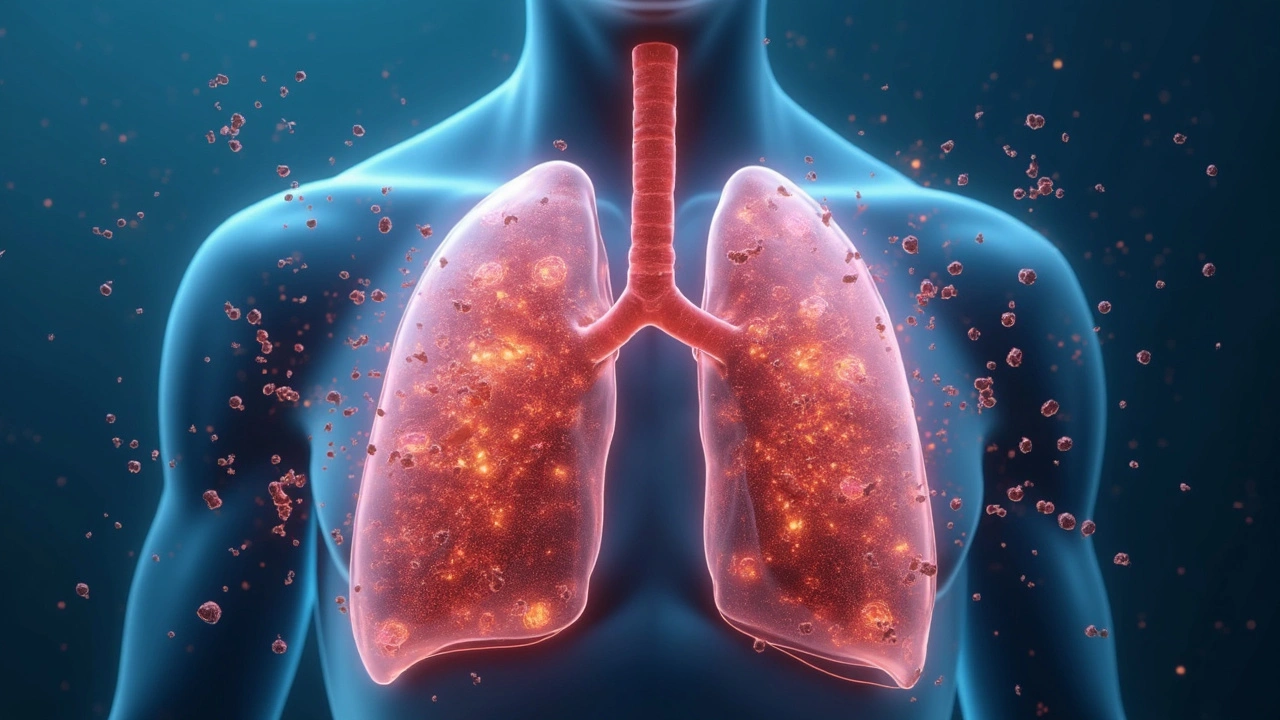Hyponatremia, a condition marked by low sodium levels, can have surprising ties to respiratory disorders. Discover why maintaining balanced sodium is crucial for lung health. Learn about the signs of low sodium levels and how they may contribute to or worsen breathing problems. Understand what causes hyponatremia and find out effective ways to manage it. This article explores the fascinating connection between sodium imbalance and respiratory issues.
Respiratory Disorders: What You Need to Know
If you’ve ever felt short of breath, wheezy or just plain tired after climbing stairs, chances are you’ve dealt with a respiratory issue at some point. This page pulls together the most useful info about breathing problems – from what they feel like, to how doctors treat them, and simple steps you can take at home.
Common Respiratory Conditions
Asthma is the classic “wheeze” disease. It shows up as tight chest, coughing and trouble catching air, especially during exercise or when allergens are around. Inhalers that contain bronchodilators or steroids can calm attacks fast.
COPD (Chronic Obstructive Pulmonary Disease) usually comes from long‑term smoking. Symptoms include a persistent cough, mucus production and shortness of breath that gets worse over time. Medications like long‑acting bronchodilators plus lifestyle changes such as quitting smoking can slow the damage.
Pneumonia is an infection that fills the lungs with fluid. Fever, chills and sharp chest pain are red flags. Doctors often prescribe antibiotics for bacterial cases and rest plus fluids for viral ones.
Bronchitis can be acute (a short‑term cough after a cold) or chronic (part of COPD). It feels like a rattling throat and a need to clear mucus constantly. Staying hydrated and using expectorants help clear the airways.
Other issues you might see under this tag include allergic rhinitis, sleep apnea and pulmonary fibrosis. Each has its own pattern, but they all share one thing – they affect how well oxygen gets into your bloodstream.
Managing Symptoms & When to Seek Help
The first step is to notice when breathing gets harder than usual. A quick test you can do at home: try talking in full sentences without pausing for breath. If you’re gasping, it’s time to check your inhaler technique or call a doctor.
Keep a symptom diary. Write down what triggers flare‑ups – pollen, dust, cold air or stress – and how long they last. This record makes it easier for your provider to adjust meds.
Medication adherence is key. Many people skip doses because the inhaler feels weird or the pill side effects are annoying. Set alarms, use a pill organizer, and ask your pharmacist to show you the correct inhaler spray technique – a proper puff can be 30‑40% more effective.
Lifestyle tweaks also matter. Quit smoking, avoid secondhand smoke, and try indoor air purifiers if dust is a problem. Simple breathing exercises like pursed‑lip breathing or diaphragmatic breathing can lower anxiety and improve oxygen flow during an attack.
Know the warning signs that need urgent care: sudden chest pain, bluish lips, confusion, or rapid breathing that doesn’t settle after using rescue medication. In those cases, call emergency services right away.
Finally, regular check‑ups keep your lung function in view. Spirometry tests measure how much air you can blow out and help catch worsening COPD early. Your doctor may suggest vaccinations for flu and pneumonia to protect vulnerable lungs.
Whether you’re dealing with occasional wheeze or a chronic condition, understanding the basics of respiratory disorders empowers you to act fast, stay on top of treatment, and breathe easier every day.

